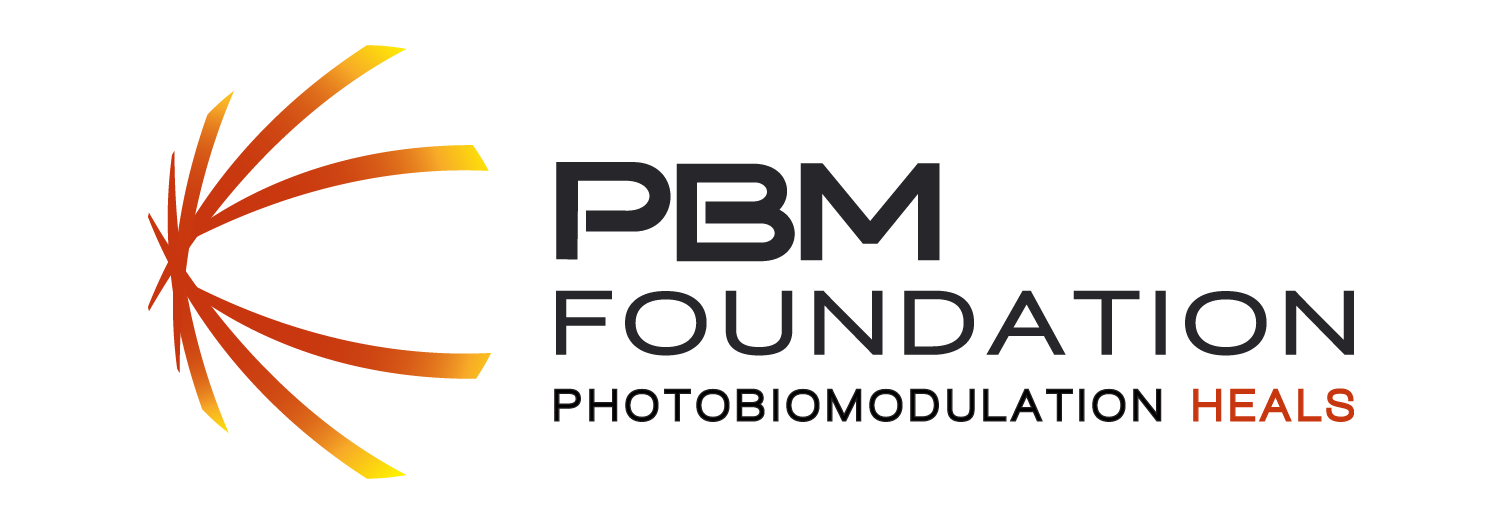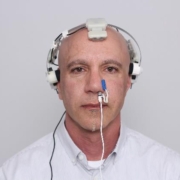Preclinical and clinical studies have indicated that combining photobiomodulation (PBM) therapy with other therapeutic approaches may influence the treatment process in a variety of disorders. The purpose of this systematic review was to determine whether PBM-combined therapy provides additional benefits over monotherapies in neurologic and neuropsychiatric disorders. In addition, the review describes the most commonly used methods and PBM parameters in these conjunctional approaches.
To accomplish this, a systematic search was conducted in Google Scholar, PubMed, and Scopus databases through January 2024. 95 potentially eligible articles on PBM-combined treatment strategies for neurological and neuropsychological disorders were identified, including 29 preclinical studies and 66 clinical trials.
According to the findings, seven major categories of studies were identified based on disease type: neuropsychiatric diseases, neurodegenerative diseases, ischemia, nerve injury, pain, paresis, and neuropathy. These studies looked at the effects of laser therapy in combination with other therapies like pharmacotherapies, physical therapies, exercises, stem cells, and experimental materials on neurological disorders in both animal models and humans. The findings suggested that most combination therapies could produce synergistic effects, leading to better outcomes for treating neurologic and psychiatric disorders and relieving symptoms.
These findings indicate that the combination of PBM may be a useful adjunct to conventional and experimental treatments for a variety of neurological and psychological disorders.
Read more on bmcneurol.biomedcentral.com or download the PDF»

